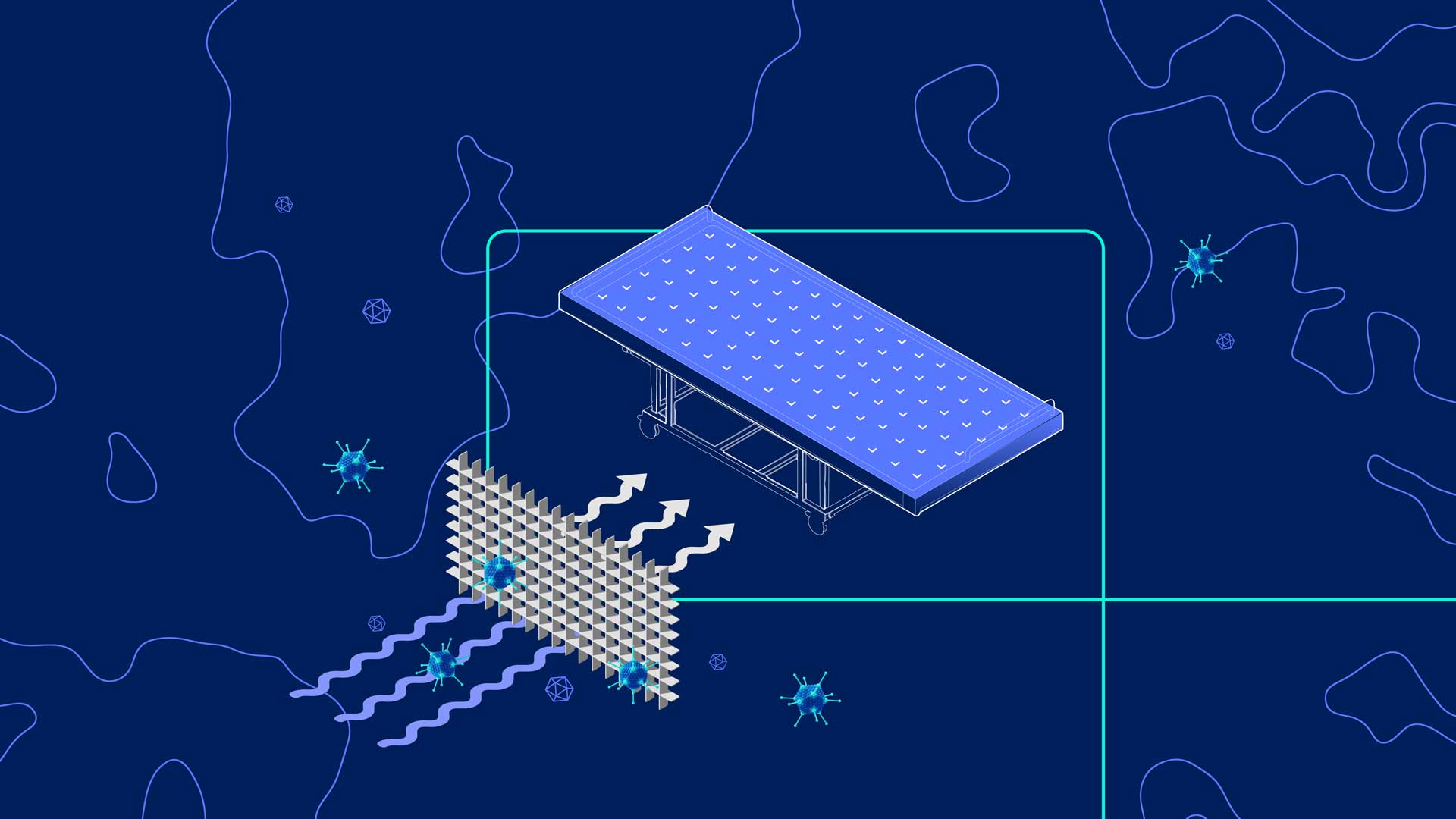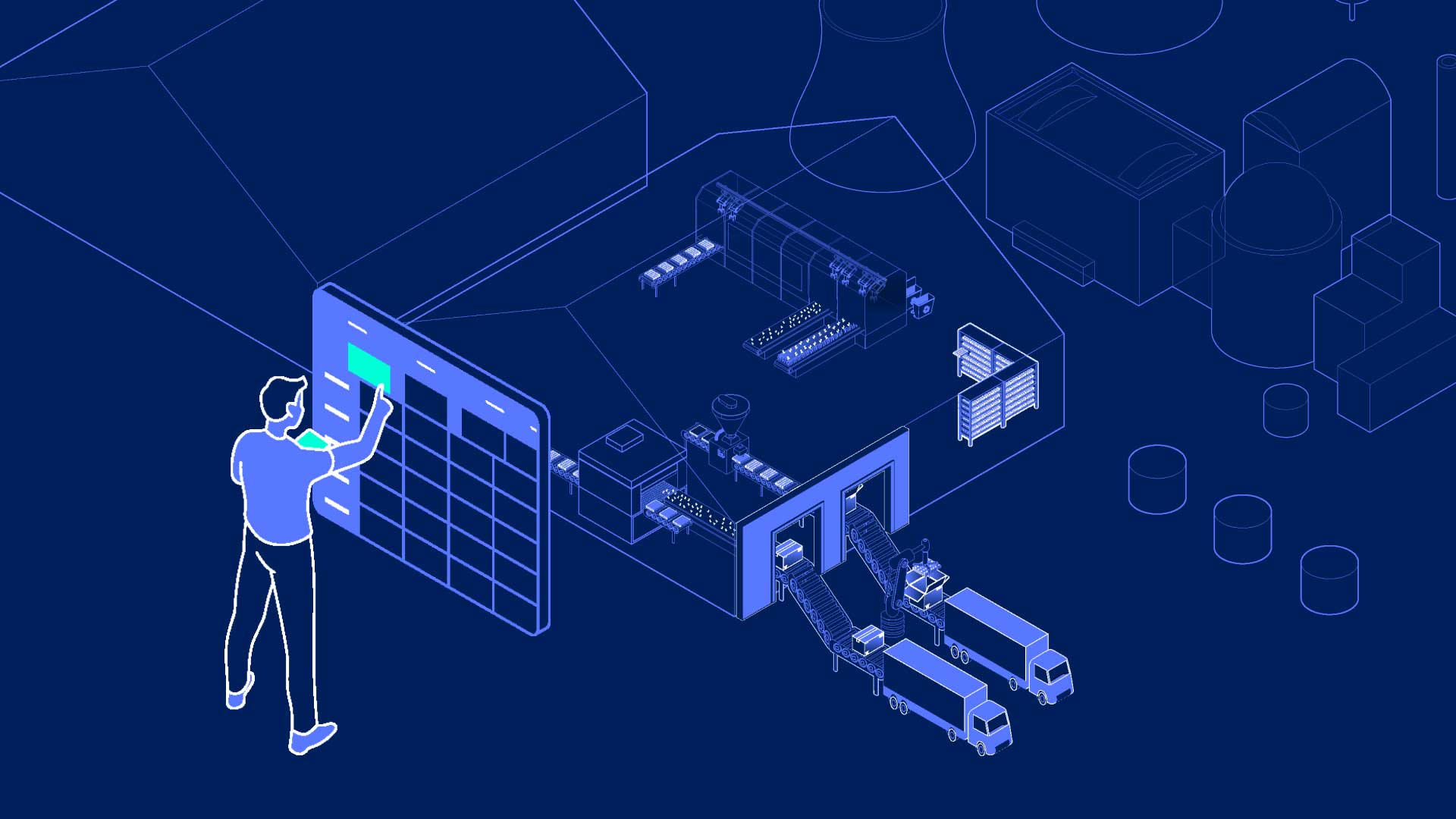According to the World Research Institute, the earth’s population will reach nearly 10 billion by 2050 - about 3 billion more mouths to feed than in 2010. To feed this increased population sustainably, the Institute has identified three gaps that must be closed:
- A 56 per cent food gap between crop calories produced in 2010 and those needed in 2050;
- A 593 million hectare land gap between global agricultural land area in 2010 and expected agricultural expansion by 2050;
- A reduction of 11 gigatons in greenhouse gas emissions to hold global warming below 2°C – the level necessary to prevent the worst climate impacts.
The worldwide agricultural industry is responding to these challenges in many ways, and necessity will continue to drive innovation. Within this scenario, horticulture can make a valuable contribution, particularly if it is implemented in controlled environments such as greenhouses or polytunnels. And this contribution can be significantly enhanced if internet of things (IoT) technology is used to improve the performance, efficiency, and crop yield of horticultural production.
With the projected rapid growth in population putting increasing pressure on limited supplies of agricultural land, greenhouses offer the possibility of a steady crop supply. Indeed, even under unfavourable weather conditions a consistent, high-quality crop yield throughout the year is feasible. Productivity can be ten times the yield of an open field with a tenth of the water consumption[i].
Additionally, forecasters expect that by 2050, 70 per cent of the population will live in urban areas. IoT-based greenhouses can be placed locally to them, keeping the supply chain short. This is important in a world faced with pandemics, climate change and volatile market forces.
Indoor crop farms built closer to the point of distribution and consumption increase product shelf-life. According to the Food and Agriculture Organization (FAO), 14 per cent of the world’s food is lost between harvest and retail .
Shorter and more local supply chains are an essential way to improve food security and nutrition, promote environmental sustainability and reduce production costs. Cutting food waste contributes to Goal 12 (responsible consumption and production) from the UN's Sustainable Development Goals. The UN cites that 1.3 billion tonnes of food is wasted every year, while almost two billion people go hungry or are undernourished .
The IoT and indoor farming
So, if you are operating a horticulture-under-glass business, how can the IoT help you maximise your productivity while minimising your CO2 emissions? It starts by using large numbers of relatively low-cost but reliable sensors to collect detailed data about greenhouse conditions, and deliver it in real-time to a local server via a wireless network such as Bluetooth mesh or Thread.
This server’s proximity allows it to respond rapidly to the sensor data by driving greenhouse devices such as lights, heaters, pumps and valves. However, it can also package the data and send it to a remote, cloud-based computer with data analytics capabilities. This can generate more strategic information and recommendations for action, and send these to users’ phones or laptops.
Controlling greenhouse activities – and gaining strategic insights
Lighting is always an important factor. The overall horticultural lighting market, which was valued at USD 2.08 billion in 2017, is forecast to reach USD 6.21 billion by 2023. Moving from traditional to LED lights is beneficial, as they significantly reduce energy costs and emissions, while being more controllable as part of an IoT infrastructure. Many governments recognise this with initiatives to support LED technology adoption.
LED controllability includes spectral tuning capabilities, optimising light efficiency while giving your plants the light they need, when they need it. This enables precision control of the crop, to enhance flavour, appearance, and nutrition. These attributes, together with longer shelf life, can be further optimised by using UV LEDs; IoT sensors can be employed to reduce or eliminate UV light levels for safety when someone enters the growing area.
However, the IoT’s data collection, control and data analysis capabilities extend beyond lighting control. Sensors can automatically control blinds, monitor CO2 levels, and manage HVAC systems. Some IoT systems also use data from weather stations to automatically adjust greenhouse environment conditions according to pre-set instructions. Sensors can also monitor soil conditions, and initiate automatic irrigation and spraying systems.
IoT data analysis capabilities make powerful tools for horticultural systems, because they can deliver sophisticated decisions based on multiple factors. For example, analytics software can combine measurements of soil water content with plant water balance (or plant weight) and solar or lighting radiation to calculate the level of irrigation required. You can also enter reference values representing local conditions to improve the analysis accuracy.
Additionally, you can benefit from predictive models that use continuous data monitoring to assess crop disease and infection risks.
Overall, by using IoT tools to make your greenhouses smart, you can improve crop yield and quality, reduce energy costs and CO2 emissions, cut consumption of water and chemicals, and minimise on-site manual intervention and labour requirements.
Please visit the Intelligent Grid to find out how you can use IoT technology to create a smart growing environment within your greenhouse operation.
[i] The greenhouse powered by sewage, BBC Click https://www.youtube.com/watch?v=BCzsMyU8KDk&feature=youtu.be






.jpg)
